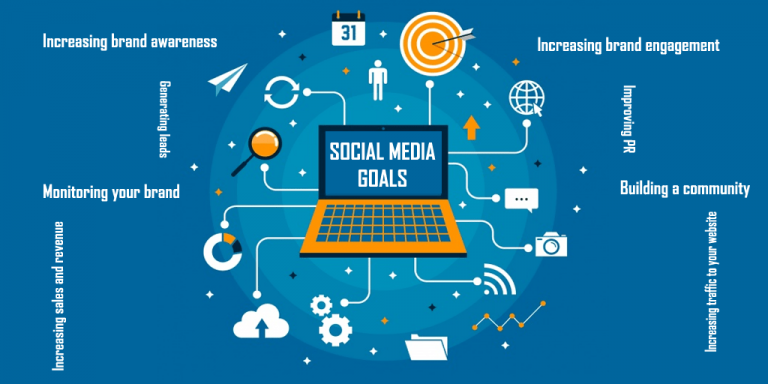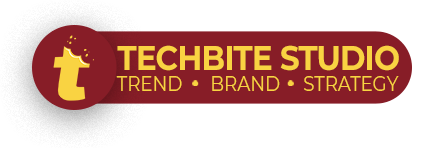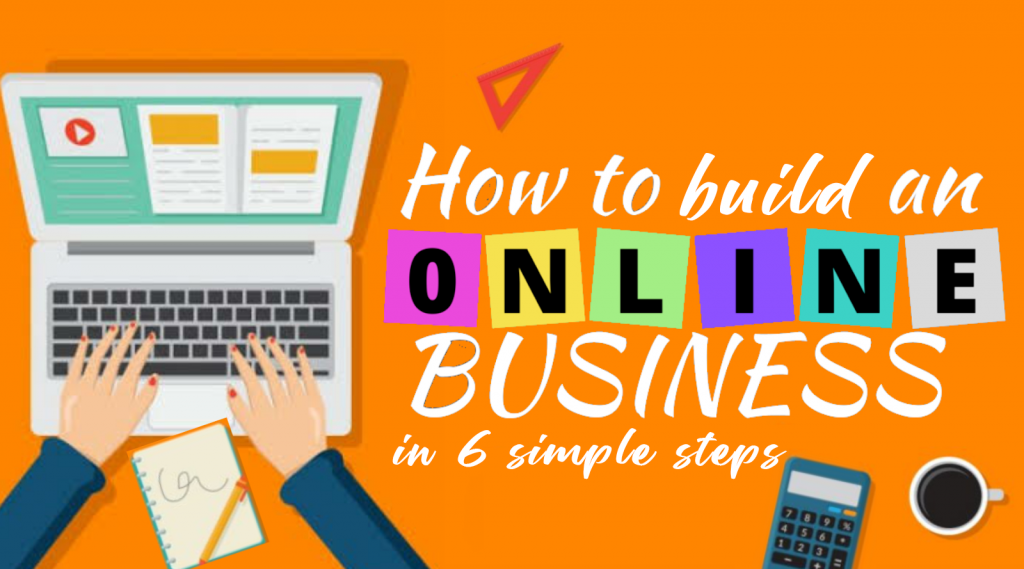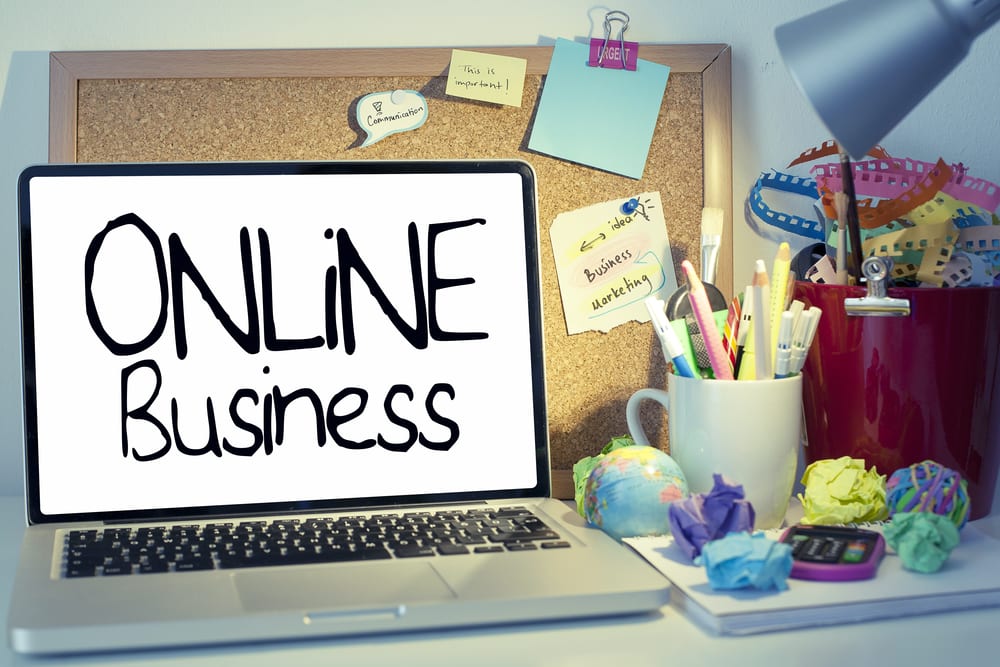6 Business-Friendly Social Media Best Practices
6 Business-Friendly Social Media Best Practices

Having a marketing strategy that combines tried-and-true social media best practises for company is a terrific way to get your products and services noticed–without breaking the bank.
The average person now spends three hours or more every day on social media sites. You’re one of the 74% of adults who use the internet for this purpose (the most on Facebook).
What’s the greatest method to maximise your company’s social media marketing strategies with so many networks to consider?
It doesn’t have to be difficult if your company follows these six social media strategy best practises.
1. Make Measurable Social Media Goals

Begin by determining how you want social media to benefit your company.
Setting goals will aid in the establishment of benchmarks that can be tracked and measured. This helps you to concentrate on winning methods and pivot swiftly when circumstances change.
More than just accumulating likes, shares, retweets, and pins should be part of your approach! Concentrate on ensuring that each of your social media posts contributes to a strategic goal.
The following are some examples of common strategic social media aims and objectives:
- Boost Brand Awareness: Get the public to recognise your name and have a favourable impression of your company.
- Obtain New Clients: Drive traffic to your company social media page or website.
- Improve Customer Service: Answer queries from new customers or assist current customers with your products or services.
- Boost Participation: Give your fans/followers reasons to talk about your brand and refer others to do business with you by interacting with them.
2. Find the Most Suitable Social Media Networks

It’s no secret that using social media takes time. Attempting to handle all of the networks can deplete your resources and divert attention away from the channels that produce positive outcomes.
Determine which networks will perform best for your products and services by looking at your target customer’s online behaviour.
You’ll have more time to develop the correct material for the right followers if you narrow down the market for your small company social media plan.
For the most popular social media networks, follow these guidelines:
At least once a day, post on Facebook, and always include a photo or graphic as well as a call-to-action.
According to studies, posts with images generate more engagement. Ask a question or use an exclamation point to boost interaction even more!
Hashtags aren’t the most effective way to find material on Facebook right now, so use them carefully (one at the most).
At least 5 times every day, tweet. If enough relevant content can be generated, brands should aim to tweet 10-30 times each day.
If you think that’s a lot of tweeting, have a look at this analysis of over a billion tweets.
If the content is unique to you, direct people to your website or blog. Additionally, curate relevant information that your users would appreciate.
To expand your audience and obtain more followers, use 1-2 appropriate hashtags. Keep in mind that if you use more than two hashtags, your engagement rate will suffer.
Images are just as effective on Twitter as they are on Facebook, so include them in all of your tweets!
INSTAGRAM or PINTEREST
Post at least one photo per day if these two photo-sharing social media platforms are appropriate for your sort of business.
Your photo content on Pinterest or Instagram can be used to enhance text-based information on other social media platforms.
Showcase product photos and how they may be used in a variety of situations. Give your followers a glimpse into your company’s workplace culture and the people who make it all happen.
Check out this infographic for more information on the best and worst times to post on the major social media platforms.
As always, start tracking the type of response you get from your social media posts so you can figure out what kind of content and when to post it.
This is the third-fastest-growing social network, and it caters to business people by definition.
LinkedIn users are more likely to visit your company’s website than visitors from other social media sites.
4-5 times a week is a good goal, and your content should be tailored to a professional audience.
Create a branded corporate page as well as product or service display pages.
At least once a day, post or share a piece of content.
This could include company blogs or news, trending themes in your field, or pieces from other sources on your industry.
Because it’s a Google network, your postings may begin to rank on Google once it indexes and engages with your Circles.
3. Brand Your Social Media Profile Pages
Across all mediums, the perception of your company’s identity should be consistent. Not only are you strengthening your brand, but you’re also increasing awareness and loyalty.
Maintain consistency in the following areas to make it easy for customers to recognise your company:
- Tagline & Logo: Use the same logotype for all of your brands. This is a massive image that will stay with your audience. If you have a catchy tagline, apply it consistently across all platforms (and try to use it in conjunction with your logo).
- Graphics: Other images that will resonate with your customers are graphics and photos. You can use images to modify almost any social media page; utilise the same ones across networks to keep your brand’s look and feel consistent.
- Description of the Organization: Use a consistent “about us” description that is straightforward and easy to understand across all of your pages. Get to the point in as few words as possible; your customers should understand what your company can accomplish for them right away. If space allows, include a link to your website in this description.
- Voice & Tone: What is your brand’s personality, and what terms do you use to describe it? Connect with your customers in a genuine and consistent manner across all social media platforms.
For cover images and profile photos, each social media platform has size requirements. As a guideline, use the information below to create visuals that fit perfectly.
To resize your photographs to a custom size or for social media, use an image resizer.
4. Quality Content vs. Quantity
It’s not always true that more is better! You’ll want to create great social media material that is valuable to your clients, just like you would on your website and blog.
Equal parts of the following sorts of social media material make up a good mix:
- Promote the brand
- Thought leadership
- Interaction with followers
Make sure your social media profiles are updated with relevant and timely content.
Create an editorial calendar to help you plan and organise your 3-month social media strategy for your small business. At the end of that time period, revisit it and update the calendar to reflect the most popular content kinds.
5. Social Media Analytics should be monitored
Weekly reviews of your social media analytics will provide you with the information you need to support your goals and objectives.
There are a several options for doing this: using a dashboard like Hootsuite or Buffer, Google Analytics, or the native tool provided by each social network.
6. Examine Competitors

Take a peek at what’s going on in your industry to get a true sense of current social media best practises for company.
Examine how competitors manage their brands on social media networks, as well as what types of material produce the most interaction and engagement. To see how your own small business social media approach may improve, find a few benchmark influencers in your sector type. Then stick with them and interact with them!
The following are important things to keep an eye on:
- Branding
- Popularity
- Posting frequency
- Engagement
- Types of content
WE CAN HELP YOU BUILD A BRAND, INCREASE CUSTOMER TRUST, GET BETTER LEADS AND BOOST SALES.
TALK TO OUR FOUNDERS FOR CONSULTATIONS.
Call Now : +91-8860829261 , +91-9910720343








